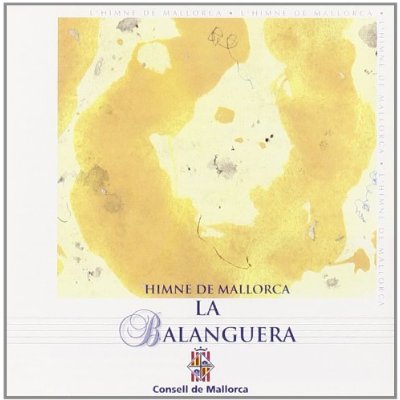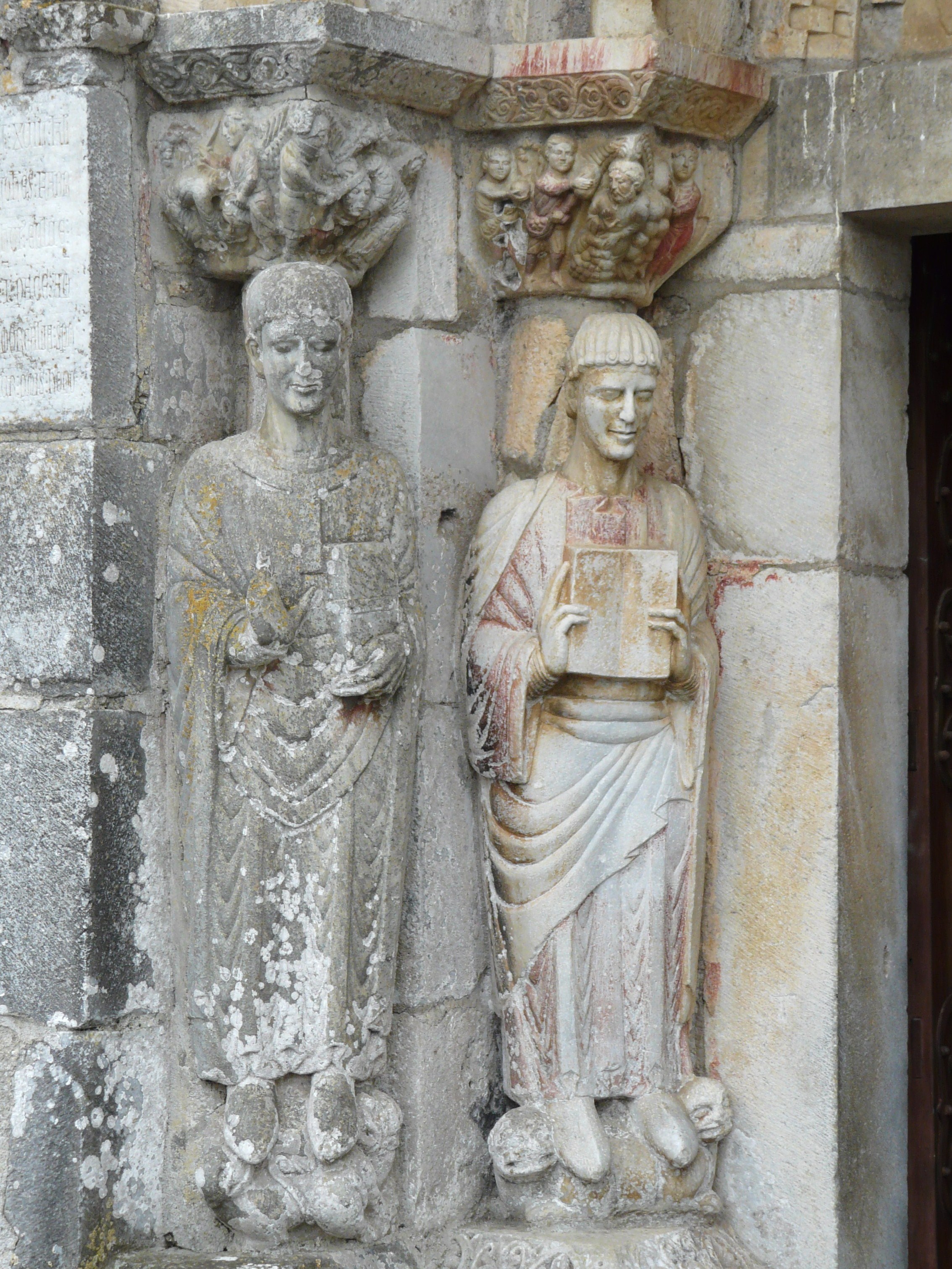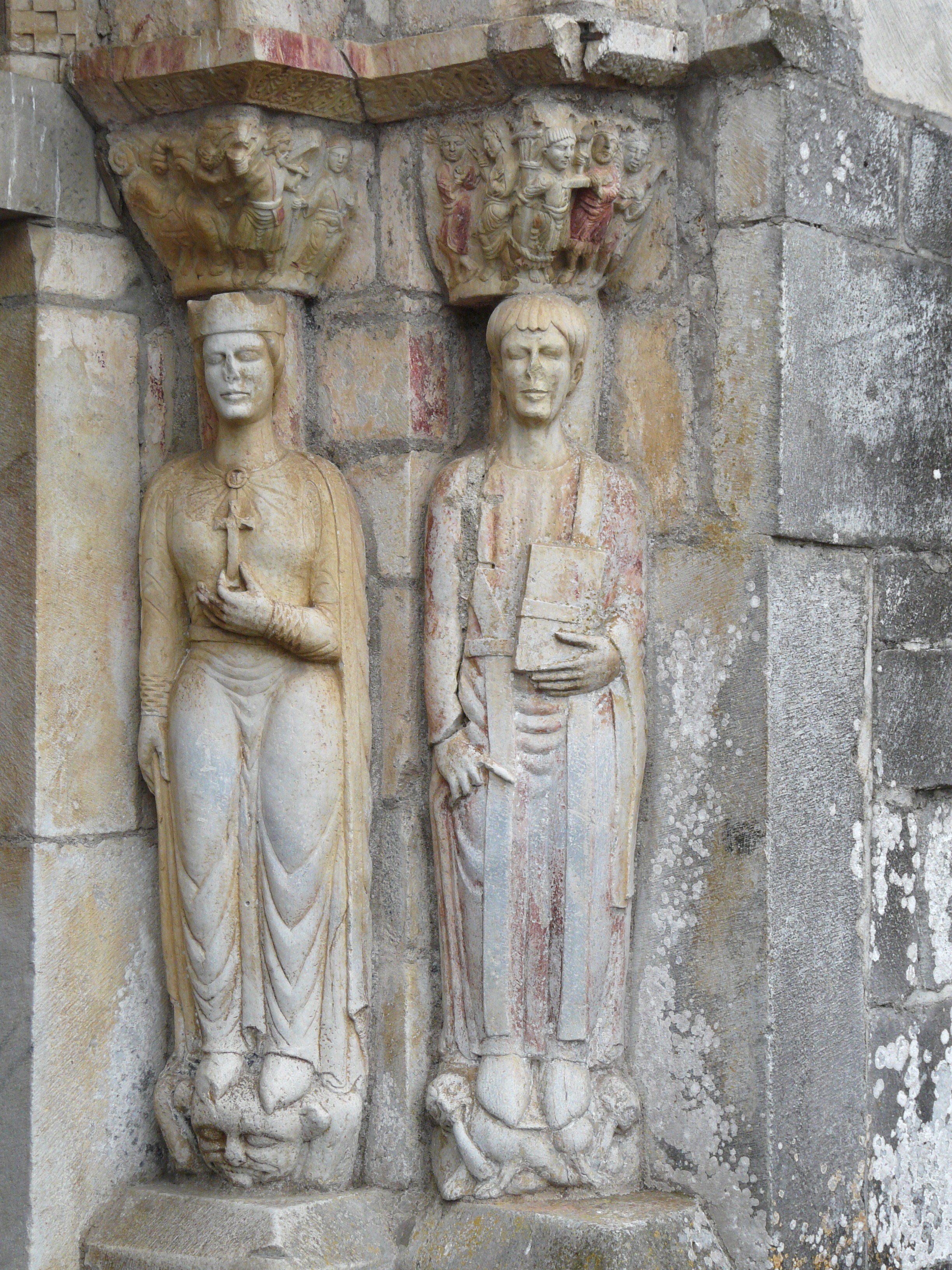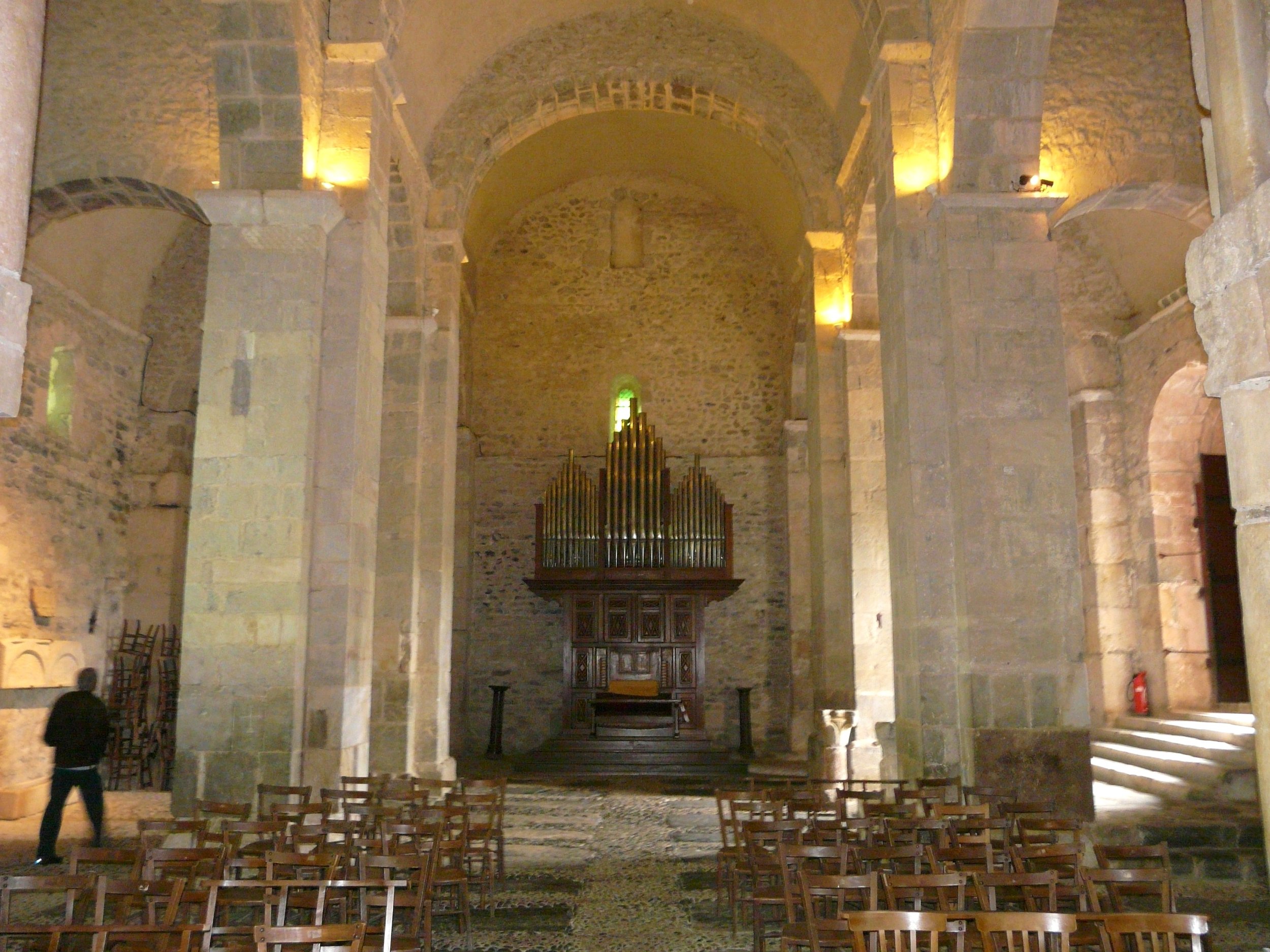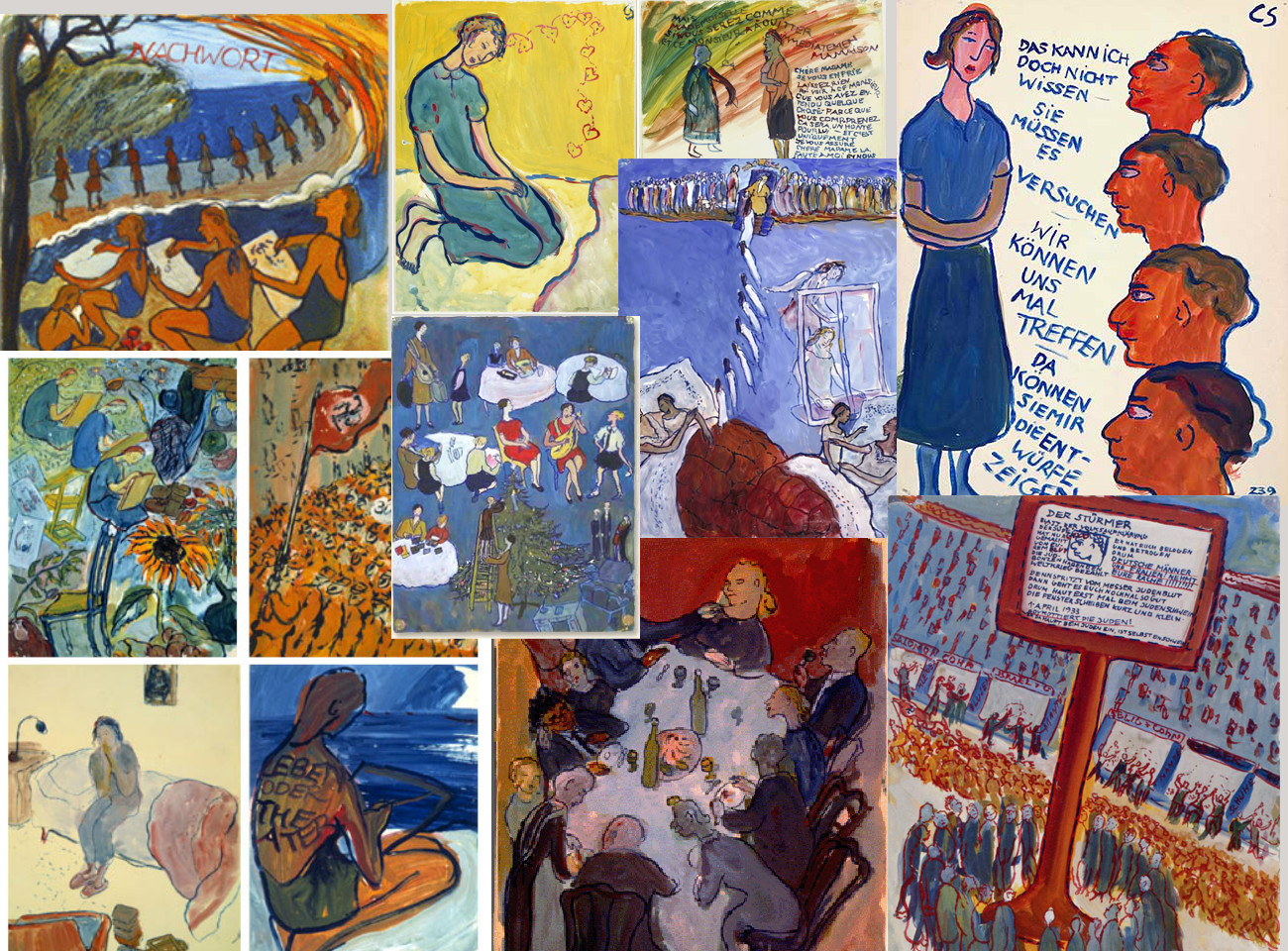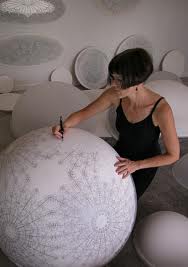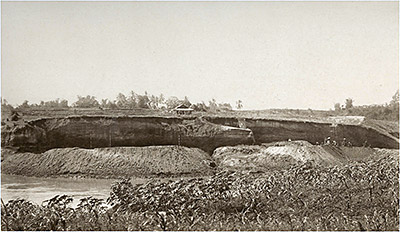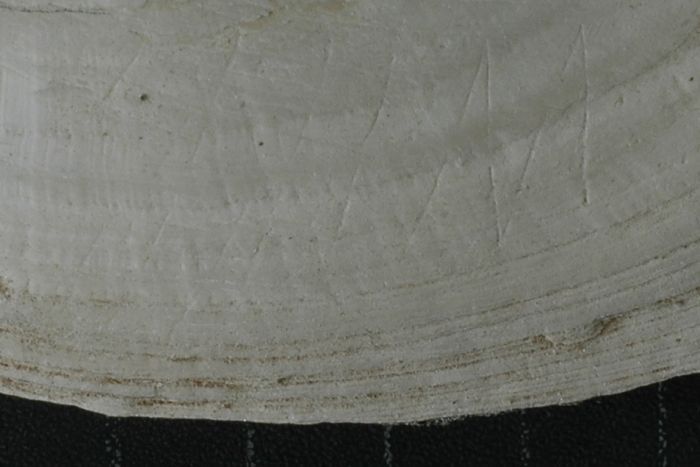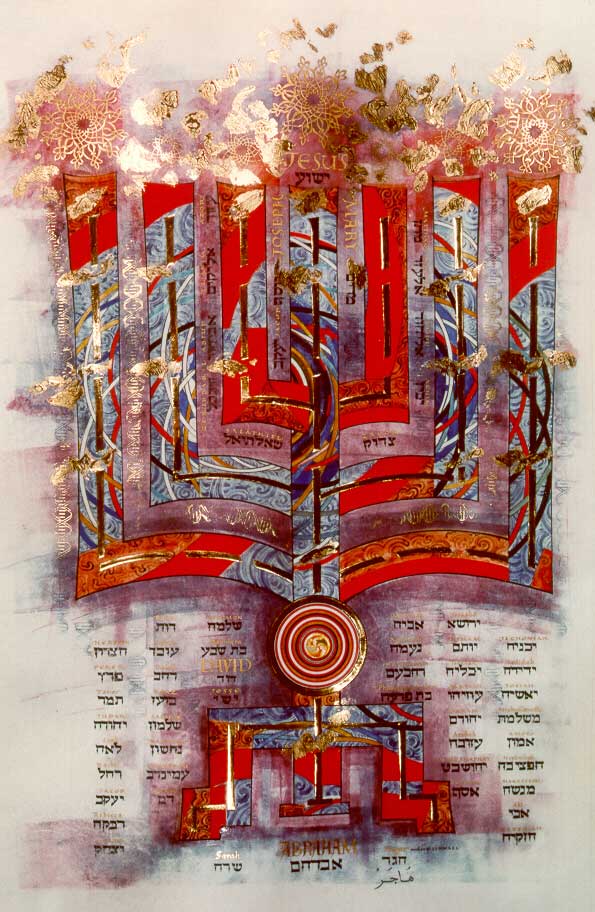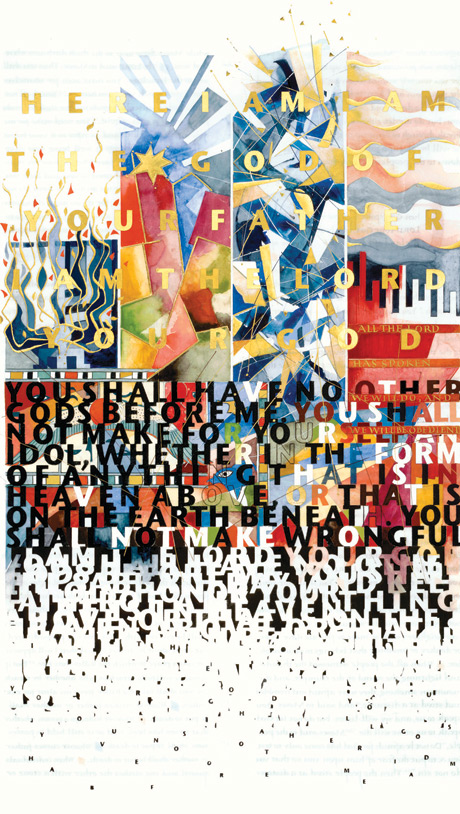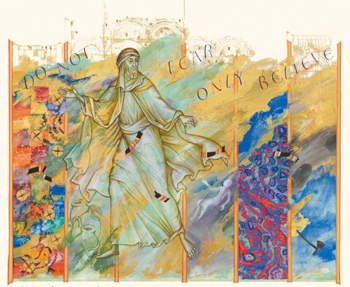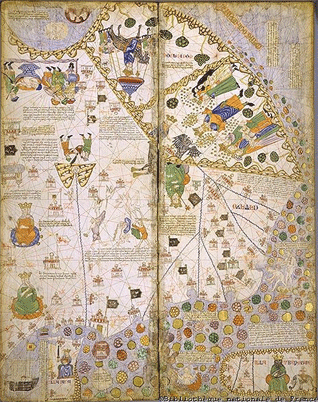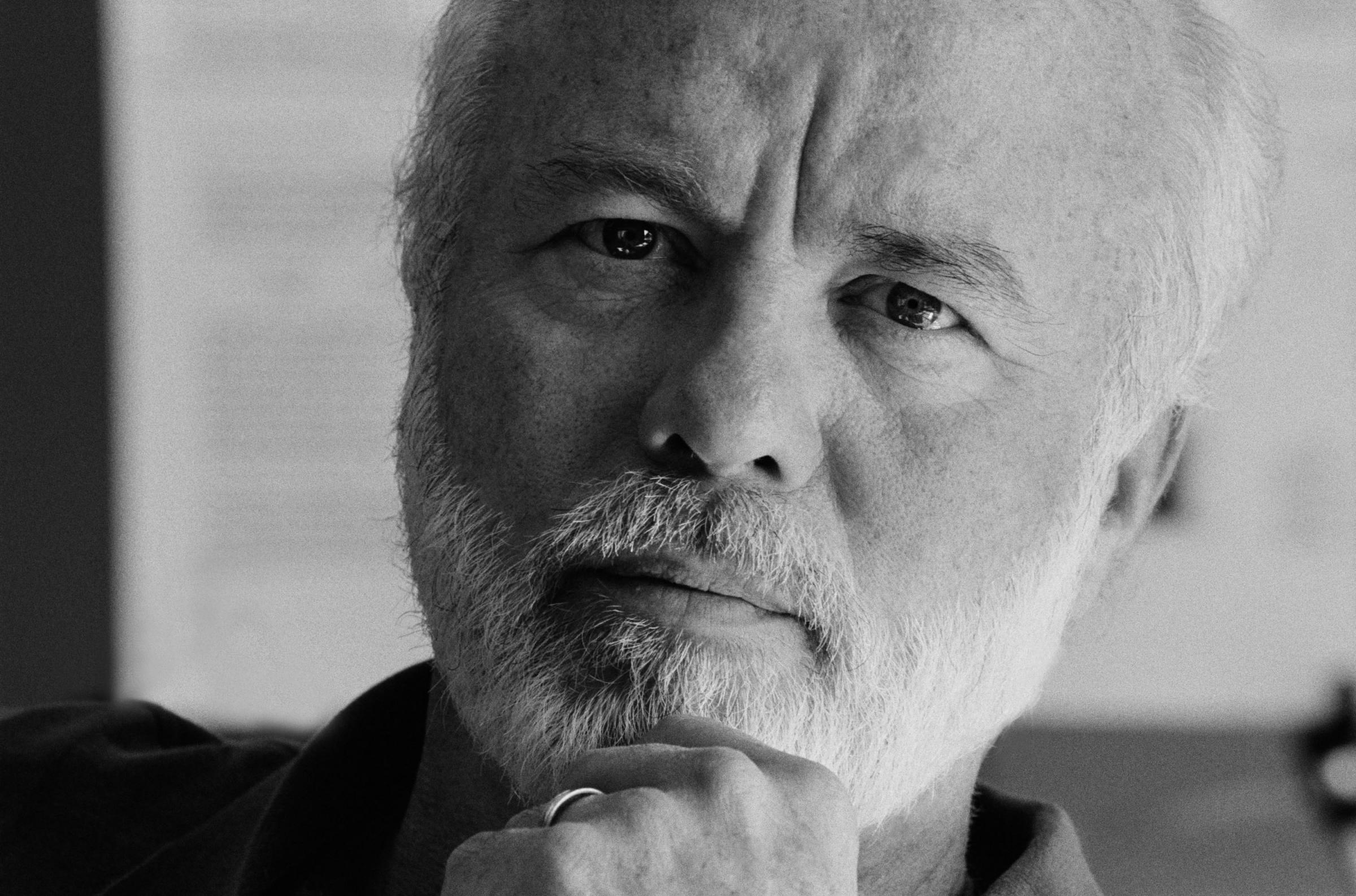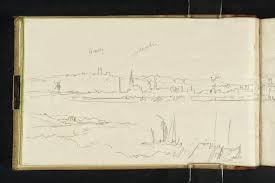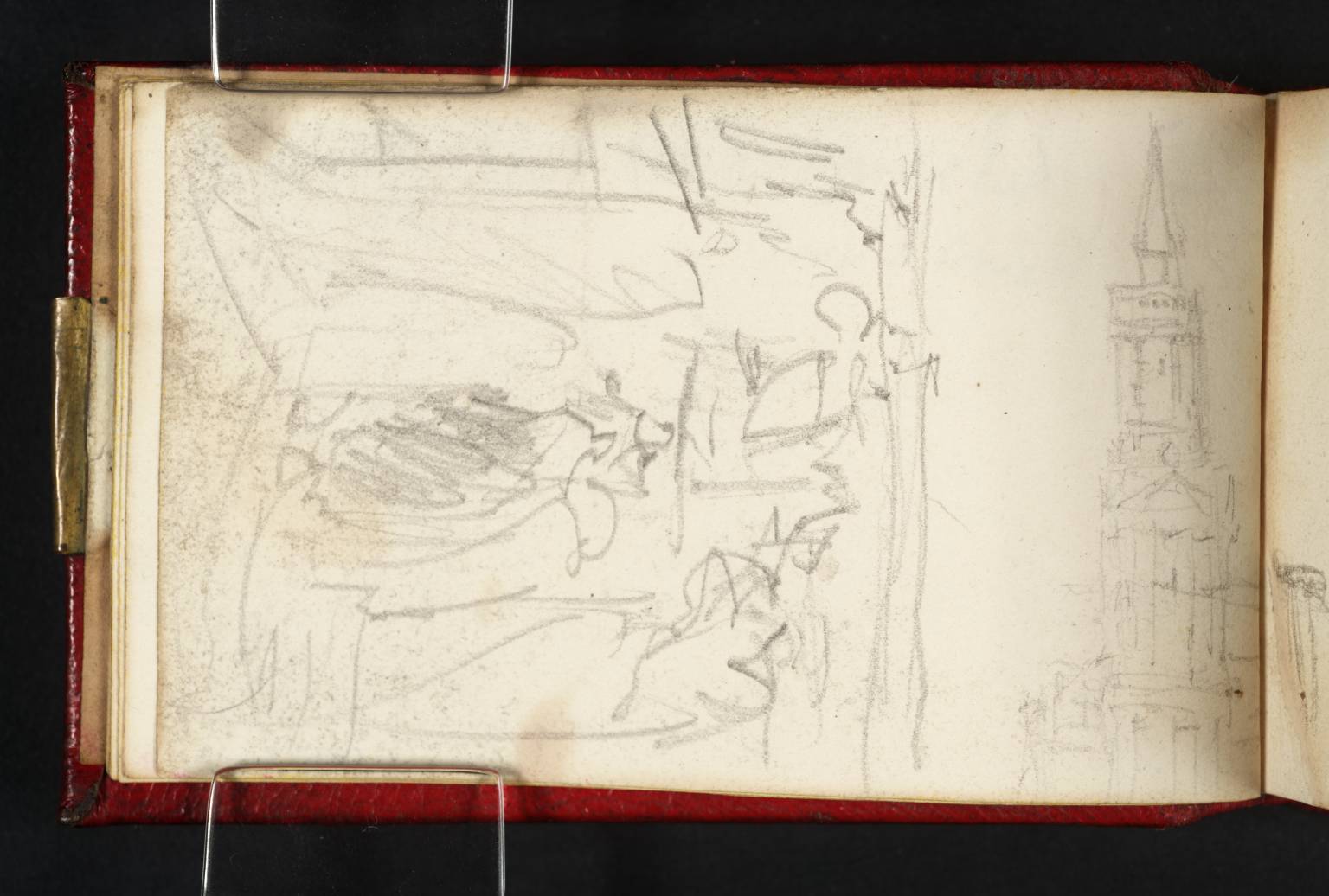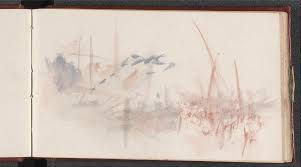When I first came to Mallorca, Spain, so many years ago, it was still during Franco's regime. The Balearic Islands were officially forbidden from speaking their own regional language, Mallorquin, and they certainly were not allowed to have any symbol like a regional hymn.
Slowly, slowly, over the years after Franco died and Spain became a democracy and part of the European Union, the Balearics regained their identifying characteristics. One of the most beautiful aspects, I have always thought, was the song that is now termed the hymn of Mallorca, La Balanguera.
The poem that gave rise to this hymn was written by Joan Alcover i Maspons, as a children's poem that combined whimsy, beauty and instructional philosophy for their life ahead. The poem was put to very lyrical music written by the Catalan composer, Amadeo Vives, and in 1996, the appropriate governmental body, the Consell de Mallorca, declared it to be the island's official hymn.
I have always known, of course, its Mallorcan or Spanish versions, loving it when I hear its melodies sung or even hummed. I recently found an English version translated by Dr. George Giri and published in the Majorcan Daily Bulletin.
Its words contain enough quiet wisdom that I think they bespeak a beauty worth considering.
The spinning wheel’s mysterious treadler Like a spider its subtle art Reels away her flaxen distaff Into yarn that holds our life Thus the spinner treadles On and on And spins her yarn.
Turning glances backward Sees the shadows of the past And the coming springtime Hides the seeds of things to come Knowing that the roots are growing And new roots are taking hold Thus the sinner treadles on and on And spins her yarn.
Hopes that hold traditions Weave a banner for the young Like a veil for future marriage Locks of silver and gold Which are spun into our youth But with age are nearly gone Thus the spinner treadles on and on And spins her yarn.
The Spanish version is just as lyrical in feel.
La Balanguera misteriosa (del francés "boulangère": panadera), como una araña de arte sutil, vacía que vacía la rueca, de nuestra vida saca el hilo. Como una parca que bien cavila, tejiendo la tela para el mañana. La Balanguera hila, hila, la Balanguera hilará.
Girando la vista hacia atrás vigila las sombras del abolengo, y de la nueva primavera sabe donde se esconde la semilla. Sabe que la cepa más trepa cuanto más profundo puede arraigar. La Balanguera hila, hila la Balanguera hilará.
De tradiciones y de esperanzas teje la bandera para la juventud como quien hace un velo de bodas con cabellos de oro y plata de la infancia que trepa de la vejez que se va La Balanguera hila, hila, la Balanguera hilará.
Hymns always reflect the optic of the region or nation that has them. The gentle yet fatalistic recognition of life's realities inherent in La Balanguera is very congruent with the sense of long history and solid self-identity with which this island faces the invasion of visitors and potential foreign residents over the years. I love this feeling of deep-seated culture that underpins Mallorcan life in so many instances, especially away from the tourist centres.
In essence, La Balanguera tells of the art of living. An interesting choice for a hymn.



